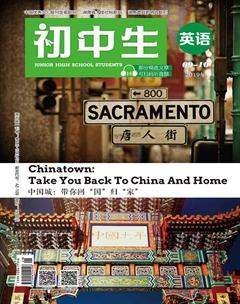中国城:带你回“国”归“家”
Antonio Han
“洋装虽然穿在身,我心依然是中国心。”
千百年来,总有人离开家乡,去广阔的世界体验不一样的人生。有人背负使命,想寻找长生不老的灵丹妙药;有人出于好奇,想看看别人的世界;有人心怀憧憬,想谋求不一样的生活方式……原因也许有多种多样,但他们对祖国的思念,总会在不经意间,“才下眉头,又上心头”。
对漂洋过海的游子来说,祖国,永远是心中最牵挂的那部分。每年的春节联歡晚会,也总有祖国对海外各地华侨、华人、留学生的问候。中华人民共和国成立70周年了,“出国潮”潮涨潮退,学成归国的人越来越多,这是一种新时代背景下的“归乡”。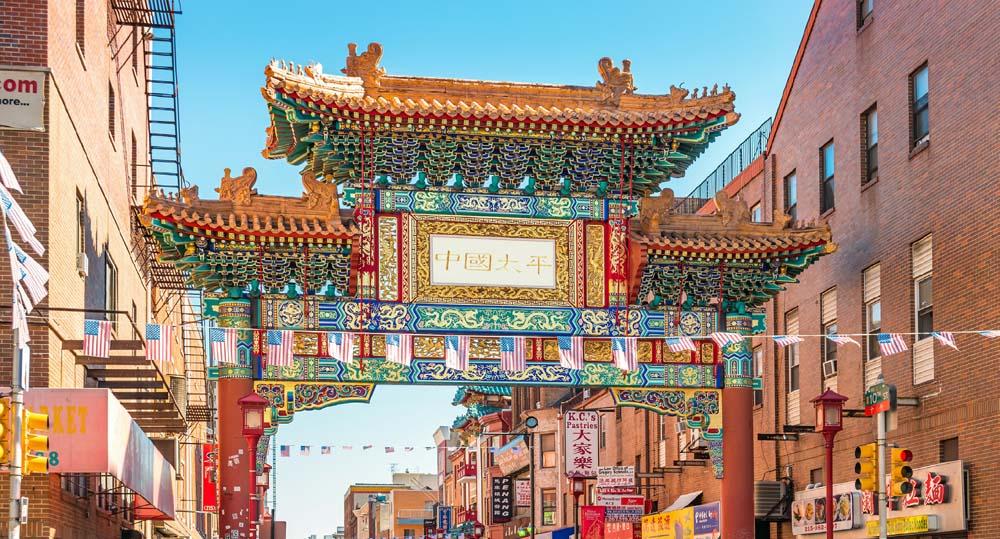

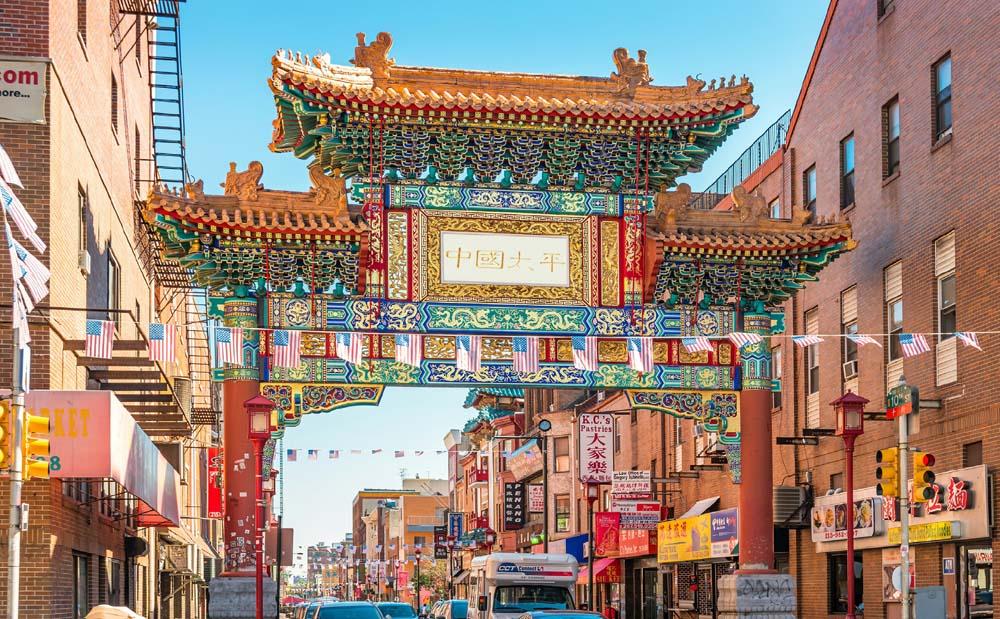
San Francisco Begins In Chinatown
美国旧金山始于中国城
The first private residence in San Francisco was an adobe house. It was built around 1822, in the heart of what is now Chinatown. Soon a handful of houses were built around the same area. And that was the beginning of San Francisco.
The largest and oldest Chinese community in the United States is the Chinatown area of San Francisco. For over 150 years, San Francisco has had a significant Chinese population, and until the 1940s, most of the Chinese in San Francisco lived in Chinatown.
The San Francisco Chinatown is the oldest Chinatown in North America, as well as the largest Chinatown outside of Asia. People go to the San Francisco Chinatown to enjoy an authentic atmosphere. It offers temples, theaters, restaurants, antique(古代的)shops and souvenir shops. Signs are written in both Chinese and English here. Traditional herbal(草药的) medicine is popular among locals and tourists. Over 300 restaurants offer all sorts of authentic Chinese food. Whats more, as the oldest and the largest, the San Francisco Chinatown is famous for its wonderful Chinese New Year celebrations.
In 1848, gold was discovered in California in the United States. And in 1848, three Chinese immigrants, one man and two women, arrived at San Francisco, hoping to find gold, wealth and return to China. And only two years later, 20,000 Chinese arrived in “Gold Mountain”. Back in the 19th century, Chinese people in the United States had to fight for their rights and against racial prejudice(种族的偏见). They were prohibited from becoming citizens. And they were not allowed to own property, to vote, nor to marry non-Chinese. But today, 150 years later in San Francisco, Chinese are an essential part of the city. Chinatown is the citys top tourist attraction.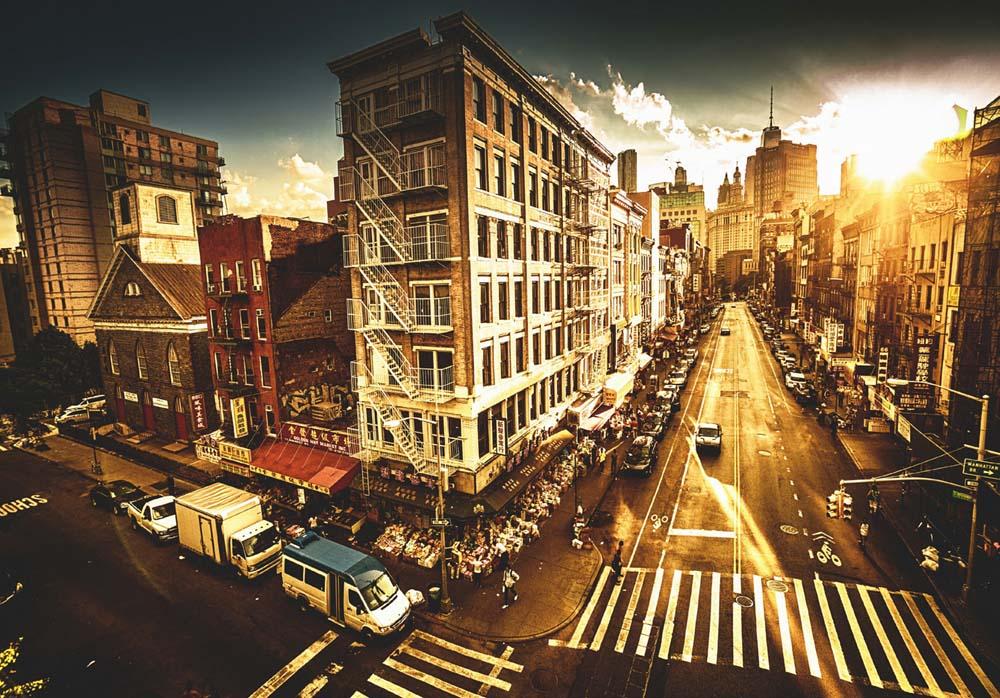
旧金山的第一座私人住宅是一座土坯房。它建于1822年左右,位于现今中国城的中心地带。很快,附近区域开始建起了少数房屋。这就是旧金山这座城市的开始。
美国最庞大、最古老的华人社区是旧金山的中国城区域。150多年来,旧金山一直有大量华人,直到20世纪40年代,大部分旧金山的华人都住在中国城。
旧金山中国城是北美洲最古老的中国城,也是亚洲以外最大的中国城。人们到旧金山中国城是为了感受纯正的“中国味”。这里有庙宇、剧院、餐厅、古董店和纪念品商店。各种标识都是用中、英双语写的。传统中药在当地人和游客中都颇受欢迎。超过300家餐厅提供各式各样的正宗中国菜。更重要的是,作为最古老和最大的中国城,它以其精彩的春节庆典活动而闻名。
1848年,人们在美国加利福尼亚州发現了黄金。同年,3名中国移民,一男二女,到达旧金山,希望能够找到黄金、财富,然后回到祖国。仅两年后,就有两万名中国人来到“金山”。早在19世纪,身在美国的中国人不得不为争取自己的权利、反对种族歧视而抗争。他们被禁止成为美国公民,不允许拥有土地、不允许参加选举,或者嫁娶中国人以外的种族。而今天,150年以后的旧金山,中国人已经成为这座城市不可或缺的一部分。中国城是旧金山最受欢迎的旅游景点。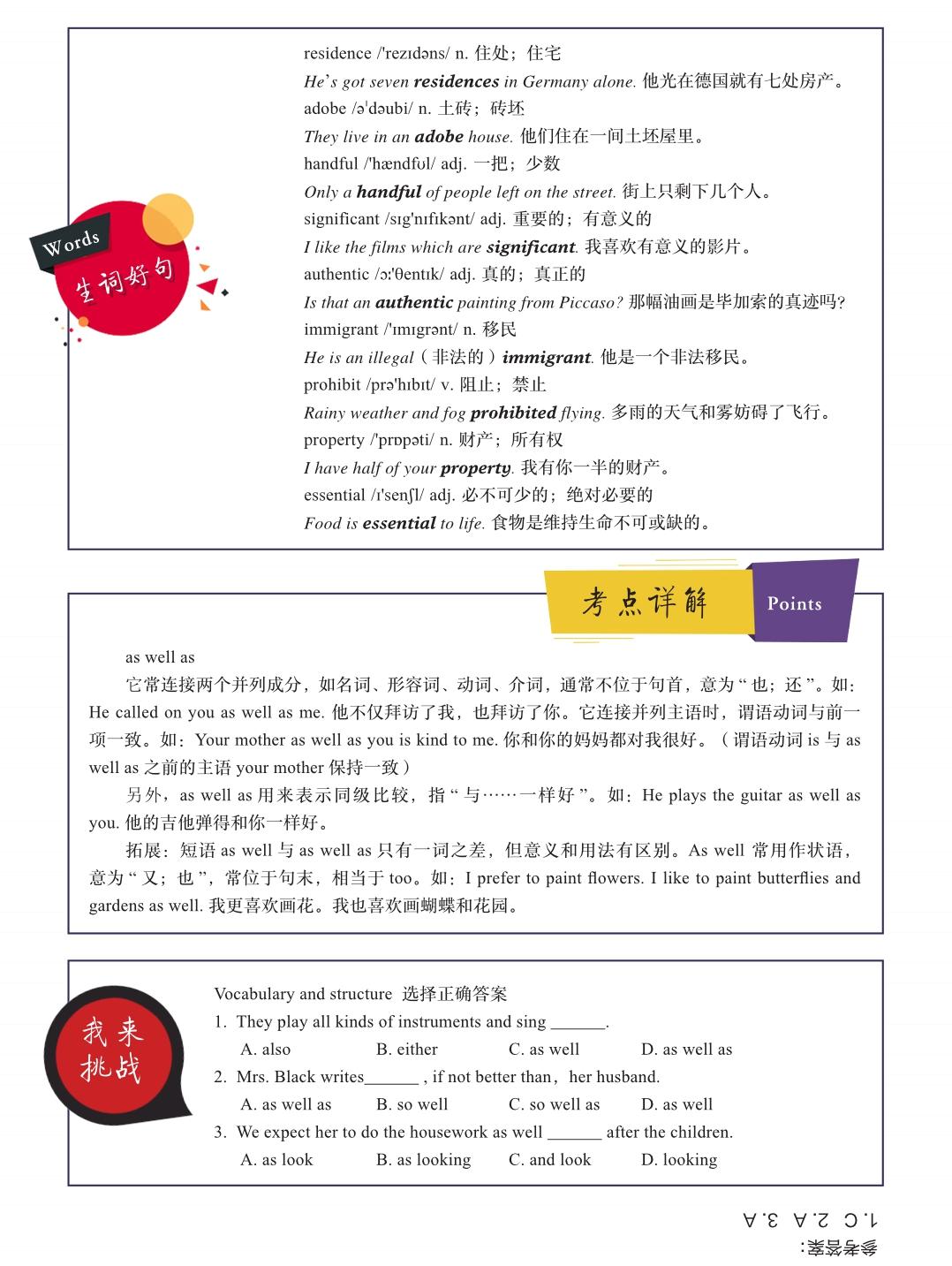
The Most Modern And Vibrant Chinatown: Vancouver, Canada
最摩登,最有活力的中国城:加拿大温哥华
In Canada, the Chinatown of Vancouver is the largest Chinatown in the country. It is the third largest in North America, after San Francisco and New York. It was formed in the late 19th century. And like many other Chinatowns, it is centrally located in the city.
Between 1886 and 1920, the first wave of Chinese immigrants settled in Vancouver. By 1890, over 1000 Chinese residents were living in their new community.In 1997, waves of Hong Kong Chinese emigrated to Vancouver. They came in such numbers that the city was nicknamed “Hongcouver”. In recent years, a lot of Canadian-born Chinese are moving back to China in search of better job opportunities. There are up to 300,000 Canadian passport holders in Hong Kong.
Over the century, this Chinatown has always been a place of culture and local Chinese-influenced business. In 2011, the Chinatown of Vancouver was declared a National Historic Site. Today, ethnic(种族的) Chinese can be found living in every part of Vancouver. You can dine out on as many varieties of Chinese food as you can find in Hong Kong. The Mayor speaks Cantonese(广东话). The Chief Constable(警察局长)was born in Shanghai. One in three of the citys residents is of Asian descent(血统). Some people call Canada “Chinada”.
Today, the streets in the Chinatown of Vancouver are busy. Shops are trendy. And Chinatown itself has become Vancouvers creative hub. It is a go-to place.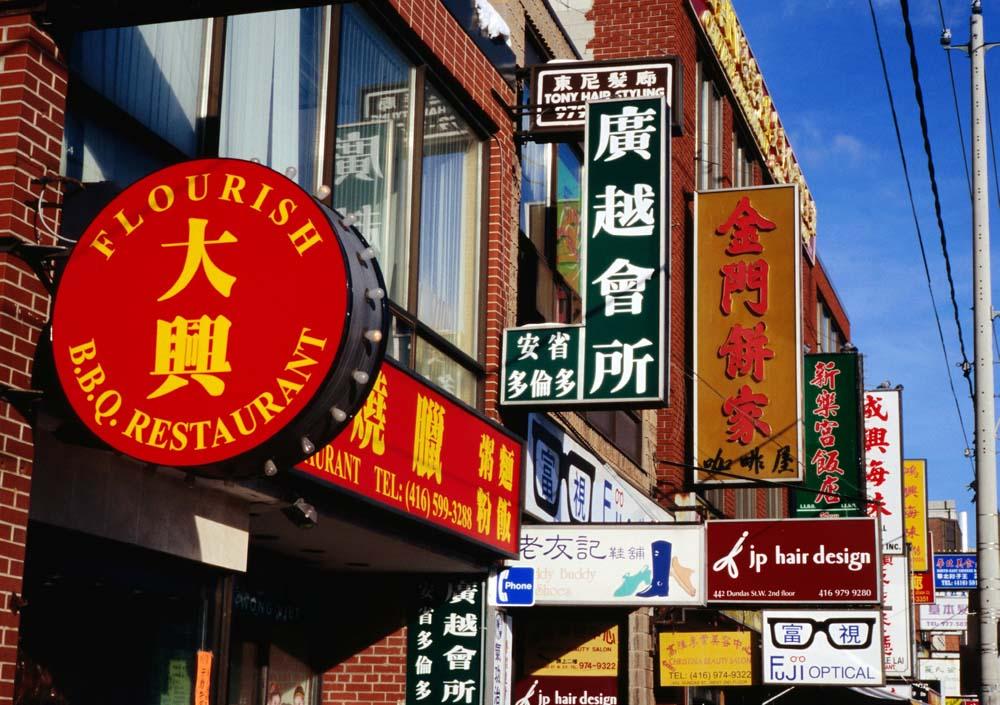
温哥华中国城是加拿大最大的中国城。仅次于旧金山和纽约中国城,它是全世界第三大的中国城。它建于19世纪末。和其他很多中国城一样,温哥华中国城位于市中心。
1886年至1920年,第一批中国移民在温哥华定居。到1890年,超过1000名中国人居住在他们的新社区。1997年,大量香港华人移居温哥华。他们的数量之多,以至于温哥华这座城市有了“香哥华”的昵称。近年来,大量加拿大籍华人为了寻找更好的工作机会纷纷回到中国。超过30万名加拿大护照持有者在香港定居。
100多年来,温哥华中国城都是当地文化和商业的中心。2011年,温哥华中国城还被评为全国古迹之一。如今,温哥华的每个角落几乎都能看到中国人的身影。在温哥华,中式餐厅种类各种各样,堪比香港。市长会讲流利的粤语,警察局长是上海出生的孩子。温哥华三分之一的居民都是亚裔,以至于有些人把加拿大称作“中拿大”。
今天的温哥华中国城,街道熙攘繁华,各类店铺新潮、时尚。中国城已经变成了温哥华的创意中心。这是一个你必去的地方。
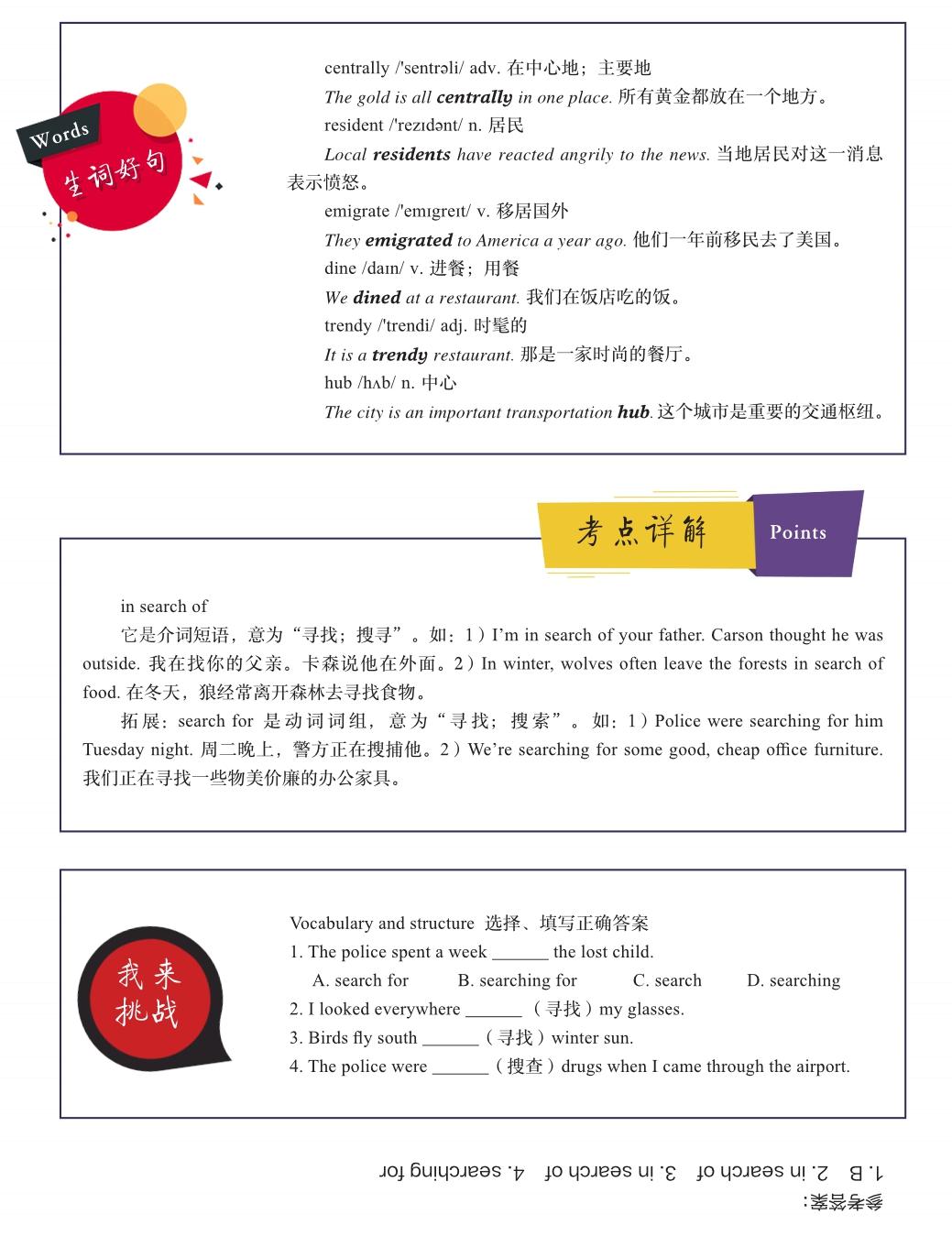
Chinatown Is Where Home Is: Melbourne, Australia
中国城是家所在的地方:澳大利亚墨尔本
The Chinese population in Melbourne(墨尔本)is large. Much of it consists of overseas students. The Chinatown of Melbourne is like a haven for these students. It provides them with a source of connection to Chinese culture. For a lot of Chinese people in Melbourne, Chinatown feels like home.
The Chinatown of Melbourne is known as one of the oldest Chinatowns in the Southern Hemisphere(南半球). Victorias gold rush brought many immigrants from China to Melbourne. They were searching for the “New Gold Mountain”. And from there, the Chinese population kept growing. In 1854, the first Chinese lodging house was built to provide rest for gold miners. And now, colorful souvenir shops and restaurants give a sense of home to Chinese nationals.
Little Bourke Street was once important to the first wave of Chinese immigrants settling in Australia. Now it continues to preserve Chinese tradition for the wider Chinese community in Melbourne. Throughout the year, there are many traditional festivals and activities in the Chinatown of Melbourne. Thus, it is a popular destination in the city center for local, interstate (洲際的)and international(国际的)visitors.
The Chinatown of Melbourne is a busy and important social and economic center for the Chinese community. Also, as one of Melbournes most popular places to go, it is truly cosmopolitan(世界性的). Authentic cuisines(菜肴)like Thai, Japanese, Malaysian, Vietnamese and Australian keep tempting peoples taste buds(味蕾). Food is one of the most important aspects of Chinese culture, and in Melbourne, the Chinatown takes Chinese nationals back home through its food.
墨尔本的中国人口数量极其庞大,其中大部分是留学生。墨尔本的中国城好比留学生的港湾,让他们感觉与祖国文化依旧相连。对墨尔本的很多中国人来说,中国城就像家一样。
墨尔本中国城是南半球最古老的中国城。维多利亚淘金热吸引了很多中国移民到墨尔本寻找“新金山”。从那时起,华人人口持续增长。1854年,第一家中国旅店修建完成,为淘金者提供了休憩之处。如今,五颜六色的纪念品商店和餐馆为华人带去了家的气息。
对第一批定居澳大利亚的中国移民来说,小伯克街曾经是极其重要的场所。现在,它继续为居住在墨尔本更广泛的华人社区保留着中国传统。一年到头,墨尔本中国城都有各种不同的传统节日庆典活动。因此,墨尔本中国城在当地人、澳大利亚其他州和国际游客中都非常受欢迎。
墨尔本中国城是华人社区繁忙且重要的社交经济中心。与此同时,作为墨尔本最受欢迎的目的地之一,这里非常国际化。正宗的泰国、日本、马来西亚、越南和澳大利亚美食不断吸引着人们的味蕾。美食是中国文化中重要的一部分,在墨尔本,中国城通过美食带华人回家。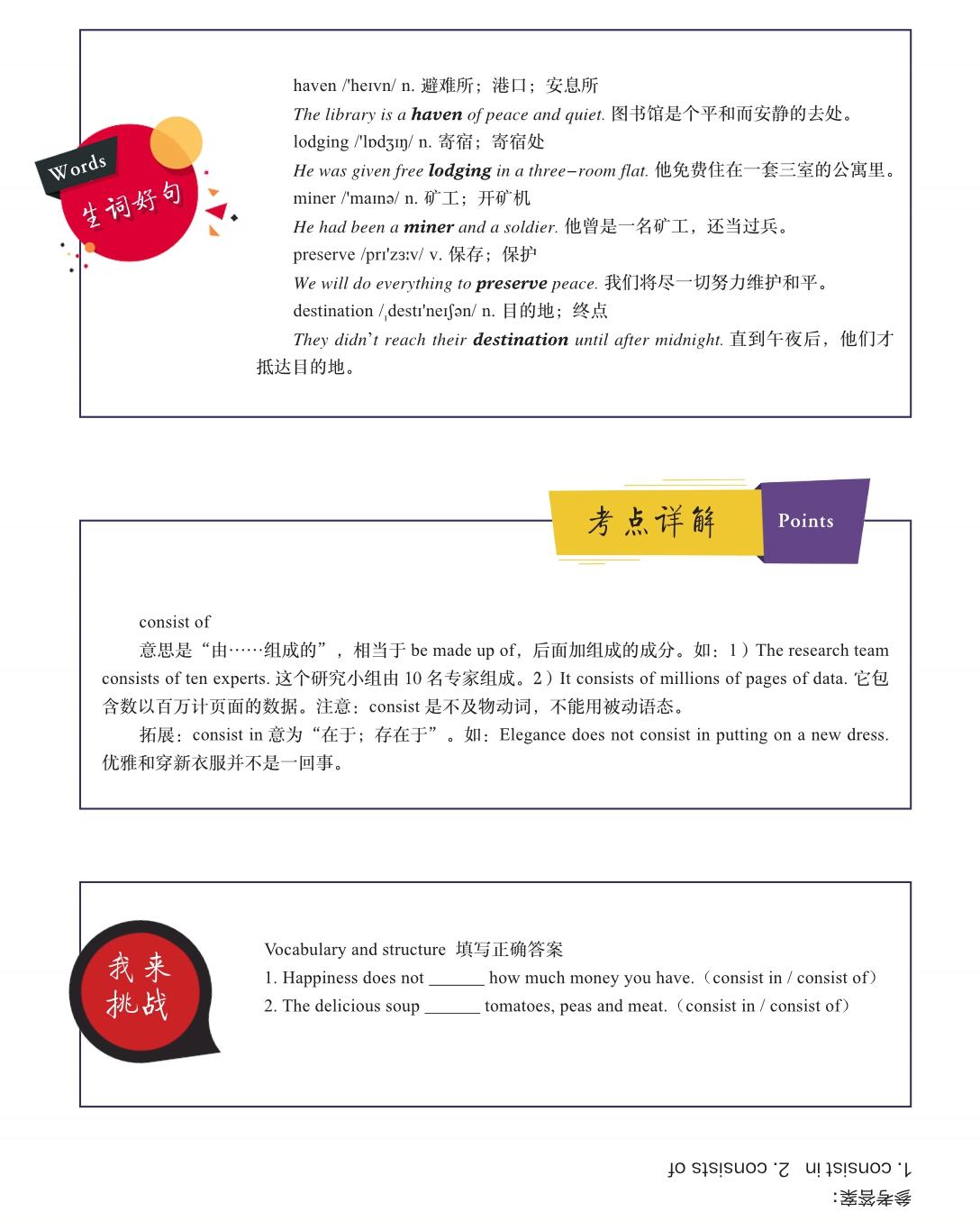
China In The Heart Of London
伦敦中心的中国
Todays Chinatowns story begins with the Great Fire of London. That summer of 1666 was very hot. There had been no rain for weeks. Also, back then, all houses and buildings were wooden. It all started in a bakery on Pudding Lane. Then houses nearby quickly collapsed. The strong east winds did not help either. After a few days of burning, only one fifth of London was left standing. Hundreds and thousands of people became homeless. The Great Fire was a catastrophe(灾难), but it did cleanse the city. A new London emerged, with no more plague. Wooden houses were replaced by stone structures.
At first, the original Chinatown in London was in the east part of the city. Back then, at the end of 18th century, thousands of Chinese sailors were employed in China, and then travelled to work in London. It was an insular(孤立的) and temporary(临时的) community. It was once said Chinese people just wanted to “earn enough then head home”.
Today, London C h i n a t o w n i s i n the busy center of London. Tourists flock here for its Chinese restaurants, teahouses, supermarkets and traditional Chinese doctors.
A s E u r o p es largest Chinatown, London Chinatown enjoys a lively atmosphere. From bakeries to bars, from restaurants to reflexology(反射疗法), from health clinics to barbers, from banks to travel agents, it really has everything. Chinatown is not only a Chinese community here anymore, but a thriving hub of Oriental wonder. Whats more, it is one of Londons hotspots(热点). Artists, authors and politicos(政客)all come here, for support and for inspiration.
Theres a Chinatown in every major city in the world. No matter where Chinese people go, they never leave their Chinese roots behind. Chinatowns are huge footprints of Chinese people throughout the world. And wherever Chinese people end up, they create three essential things to make their new place home: a traditional Chinese New Year festival, commerce(商业), a good place to eat. Thus, Chinatowns in the world might look different, but they are always similar: the home for overseas Chinese.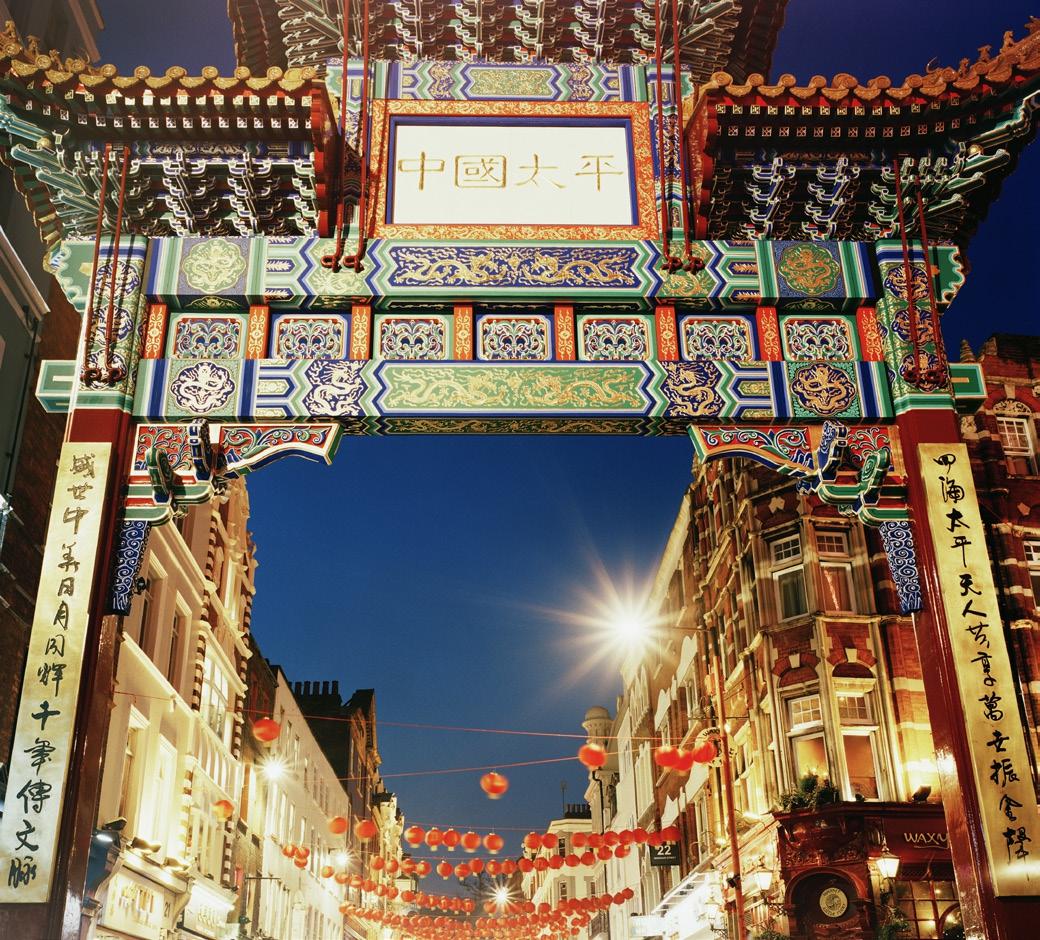
今天的中国城,故事源于“伦敦大火”。1666年的夏天格外炎热,好几个星期滴雨未落。而且,那时候的房子和建筑都是木制的。最初,布丁巷的一家面包店起火了。随后,附近的房屋迅速倒塌。强劲的东风更加剧了火势。大火蔓延几天后,伦敦仅仅剩下五分之一。成千上万的人无家可归。这场大火简直是巨大的灾难,但它的确清理了整座城市。新的伦敦由此而生,鼠疫一烧而光。石头建筑也开始取代木制房屋。
最初,伦敦的中国城建在城市的东部。当时,在18世纪末,成千上万的中国水手在国内签订雇佣合同,然后漂洋过海到伦敦工作。彼时的中国城有点与世隔绝的味道,是一个临时居所。曾经有人说,中国人来这里只想“赚够钱就回家”。
如今 ,伦敦中国城位于伦敦最繁华的中心地带。游客们为了这里的中餐厅、茶屋、超市和传统中医纷至沓来。
作为欧洲最大的中国城,伦敦中国城氛围活跃。从面包店到酒吧,从餐馆到反射疗法,从医疗诊所到理发店,从银行到旅行社……这里应有尽有。中国城不仅仅是一个华人社区,更是一个繁华的东方魅力聚集地。不仅如此,它还是伦敦最热门的场所之一。艺术家、作者和政客们都来这里,寻求支持和灵感。
世界上几乎每个大城市都有中国城。无论中国人走到哪里,他們都不会忘记自己的根。而中国城,正是中国人留在世界上的巨型脚印。无论中国人最后定居在何处,他们总会通过三个方面让自己“回家”:一个传统的中国春节、一门生意和一处美食场所。因此,世界各地的中国城也许略有不同,却又极其相似:它们都是海外华人的“家”。

